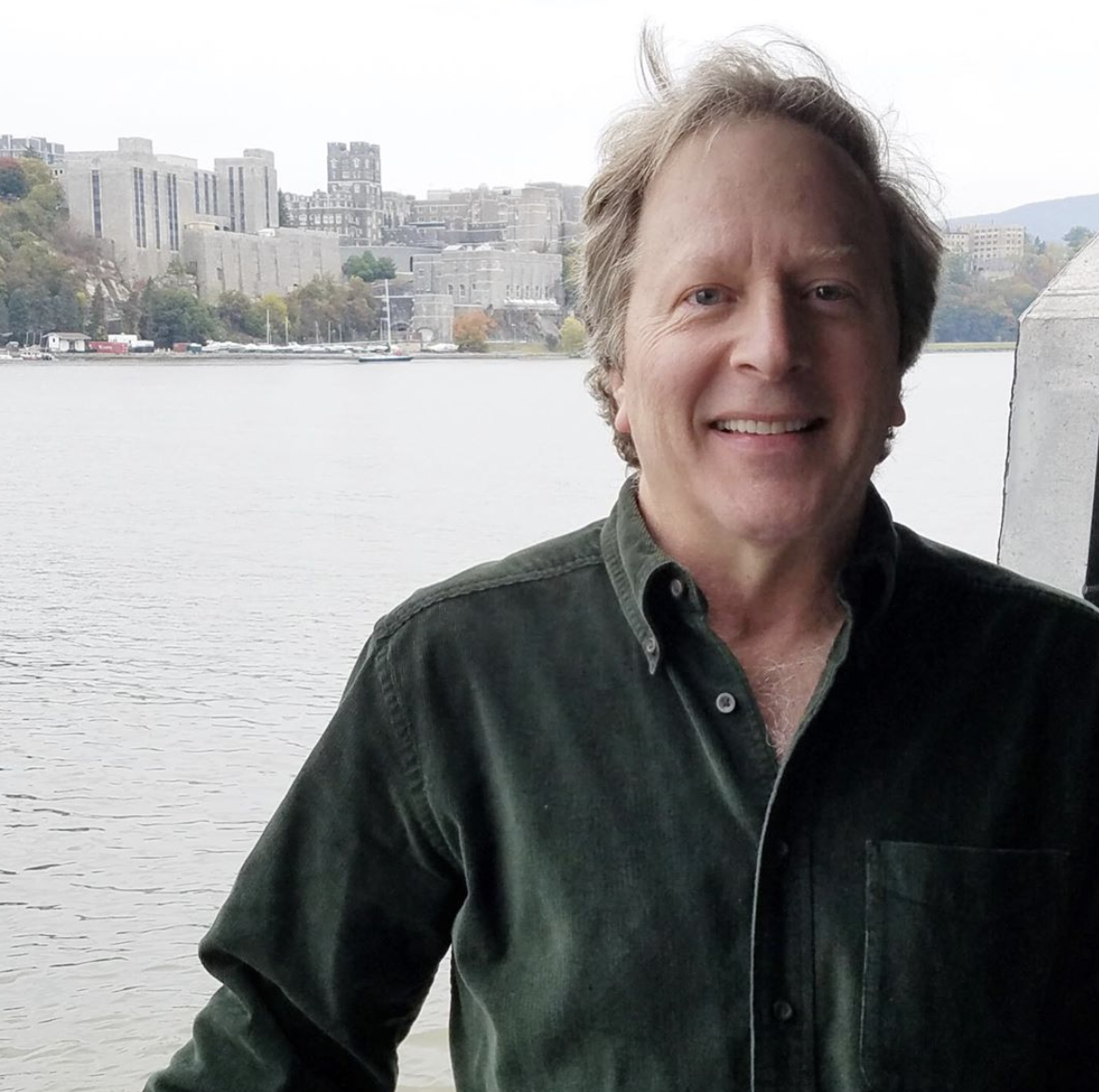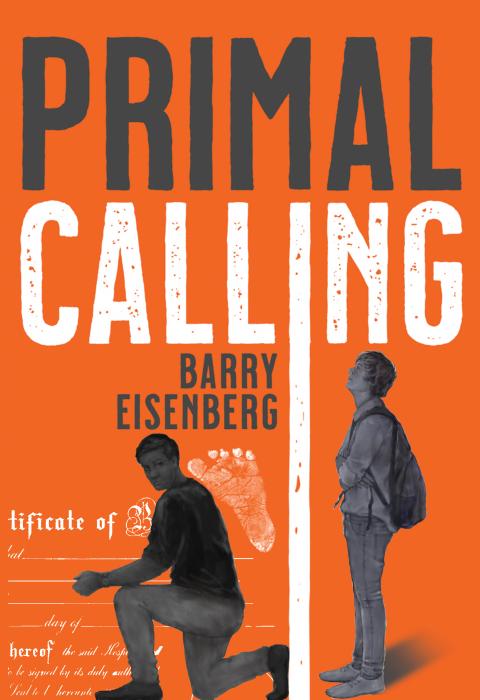Reflections on the Smile That Defied Darkness
Last weekend, my wife Amy and I boarded a bus in New Jersey along with 43 friends and neighbors, bound for an afternoon that would prove more stirring than I had anticipated. We were headed to the Center for Jewish Life on 16th Street in New York City, to tour the Anne Frank exhibit*, an excursion hosted by the Daniel Pearl Education Center.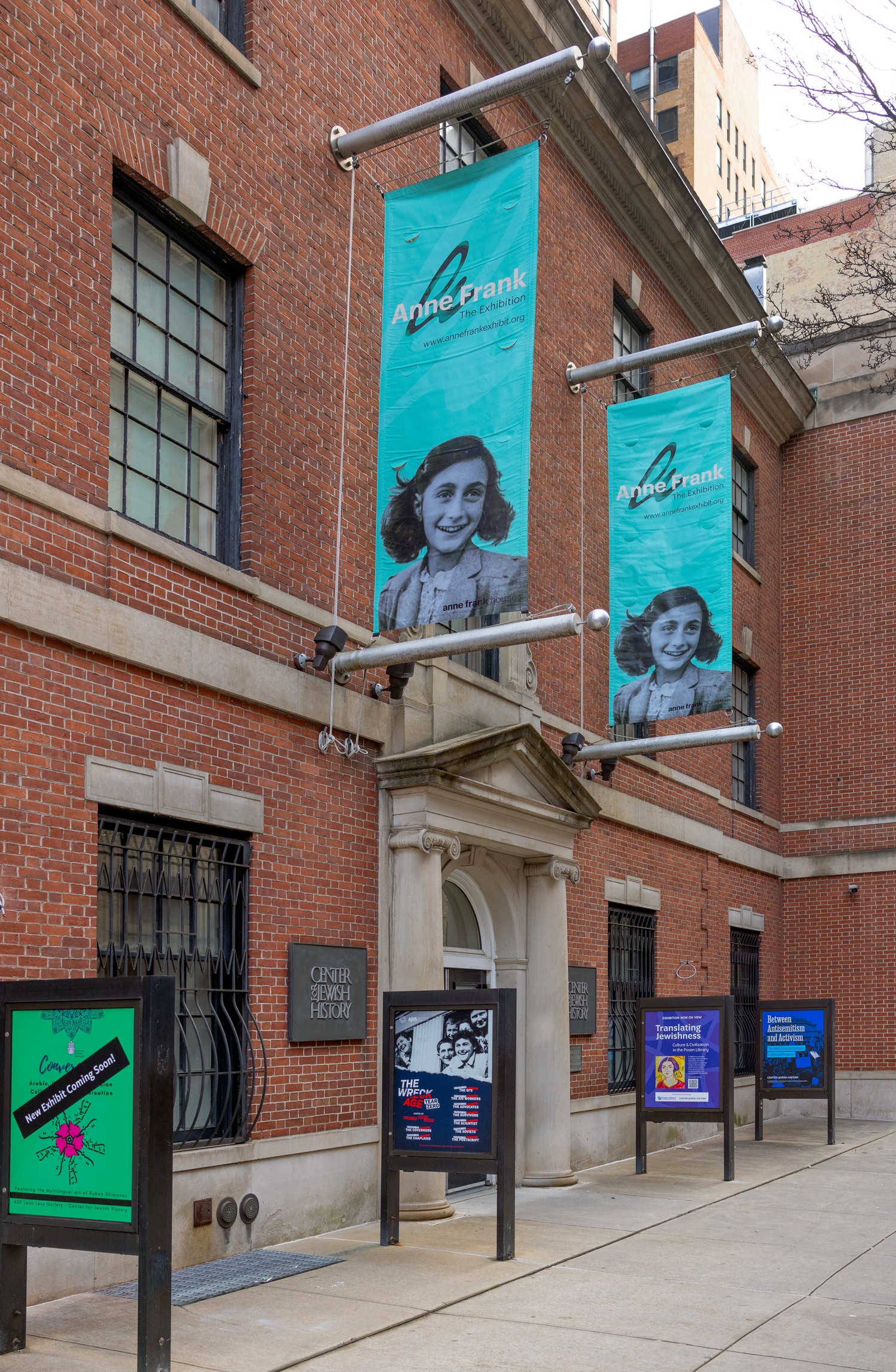
I went expecting a history lesson, but I left with something far more striking, a piercing sense of the human spirit’s endurance and a resonant confrontation with the idea of hope under impossible circumstances, a notion disturbingly relevant in today’s harrowing times.
When we arrived, the energy of our group was light, even cheerful, and we enjoyed the pleasant weather, a burst of late October warmth set against the crispness of early fall.
We gathered outside the center where Bonnie, a representative of the Center, came to greet us. She welcomed us warmly and explained how the tour would unfold. Though Bonnie had undoubtedly given this talk many times, there was no sense of repetition in her voice. She spoke with animation and sincerity, as if Anne’s story still caught her breath every time she shared it. Her tone alone reminded us that this wasn’t just a tour. It was an invitation to step into a sacred story, one etched into human memory not because of the number of years it spanned, but because of the emotional imprint it continues to leave across the globe.
Each visitor received a small audio device for the guided narration, which was synced to numbered points on the exhibit so everyone could explore at their own pace. Inside, we were led into a replica of the living quarters where Anne Frank, her parents and sister Margot, the Van Pels family, and Fritz Pfeffer secretly hid for more than two years. It’s one thing to read about this hiding place in a book, even to see photos. It’s quite another to walk through them, knowing that for eight people, these small and sparse rooms were the entirety of their world.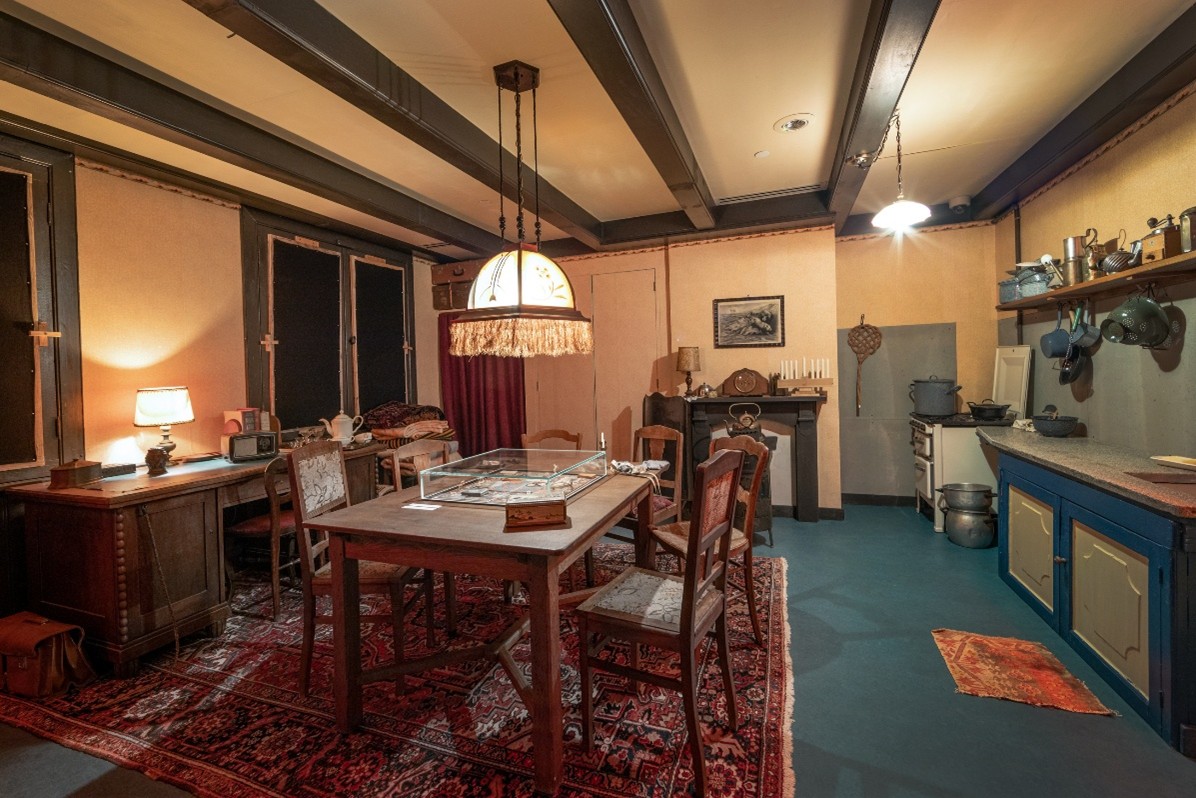
The first thing that struck me is the size of the quarters. Every room is compressed, every piece of furniture purposeful. Seeing it up close – just as Amy and I did in the original Anne Frank house in Amsterdam a few years ago – presses on the imagination. What would life have been, day after day, month after month, in a space where mere sock-footed steps could give you away? Where speaking above a whisper could prove fatal? Where, to avoid alerting the workers in the building below, flushing a toilet or running water during daylight hours was forbidden?
An eerie stillness hangs in the exhibit, not silence exactly, but a hush broken only by the soft footsteps, murmurs, and shifting bodies of fellow visitors. Rather, it’s an emotional stillness, as though no one wants to disturb what’s left of the lives once lived here. The stillness carries a jumbled interplay of feelings… respect, sorrow, awe.
Anne Frank’s own room is marked by the striking contrasts that fill her diary. On the wall, she had pasted pictures of Hollywood celebrities, bright, smiling faces that served as a lifeline to a world she couldn’t reach. Imagine being confined behind a false bookcase, hiding from a brutal regime single-mindedly determined to achieve your eradication, and still find comfort in the posed smiles of movie stars. It was her way of holding onto the outside world, of remembering that it existed, and the hope – no, the belief – that she soon would return to it.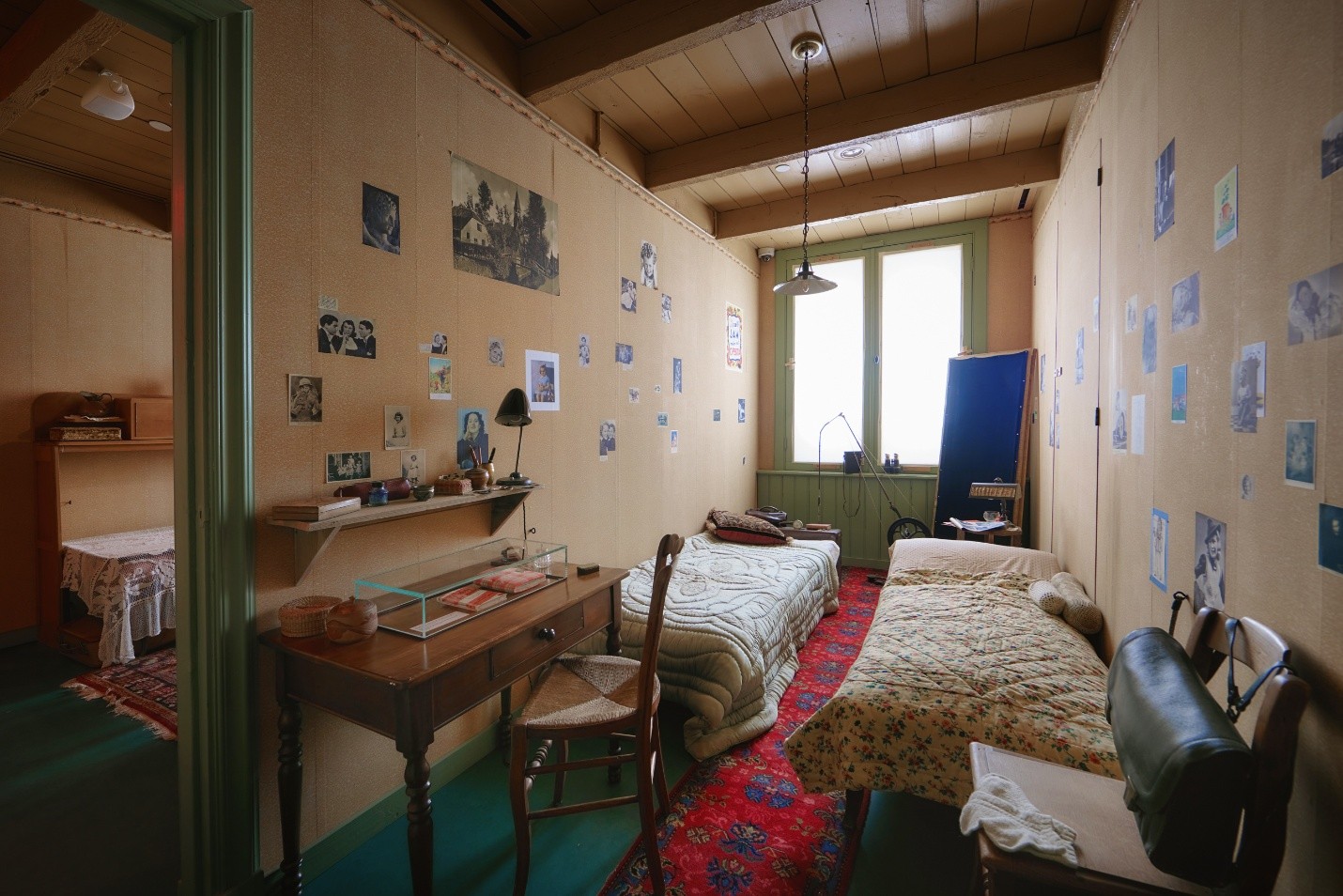
But of course, she didn’t.
And yet, in a sense, Anne did. Because her words returned. Her voice returned. Her presence returned. All rising from the pages that gave life to the story of that one young girl. And perhaps nowhere is that more poignantly evident than in the final section of the exhibit, where you walk past dozens, maybe hundreds, of copies of her diary displayed row after row in glass encasements. Each is published in a different language, demonstrating the extraordinary global breadth of her story. And most bear the same image on the cover: that photo of Anne.
We all know the one.
It’s the picture where her smile is unreserved and open, where her eyes sparkle with the hope that never seemed to leave her, not even in hiding. Not even in the face of death. Her smile is warm. It’s joyful. It’s sincere. And strikingly, it captures the very essence of what her diary gave the world, a belief that goodness prevails, even in the midst of unspeakable evil. A belief that the heart remains capable of love, even in a world steeped in hatred.
It's that very message that is personified in her smile.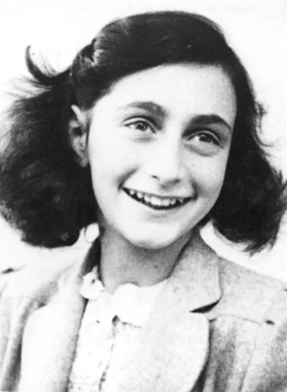
Understandably, Anne’s diary is often read as a testimony to what was lost. But walking through this exhibit, I felt just as much awareness of what was preserved. Her capacity for joy and reverence for life. Her curiosity and fierce intellect. And especially her hope.
In one of her most famous diary entries, Anne wrote: “In spite of everything, I still believe that people are really good at heart.”
I have read that line many times, but never have I felt its gravity as viscerally as I did upon leaving that exhibit. It is easy to dismiss her sentiment as naïve, a wistful echo of a teenager clinging to the withering strands of adolescent innocence.
But naïve it was not.
That line was written not in safety or freedom, but while in hiding, knowing that at any moment her family could be discovered and that the consequences would surely be perilous. Anne’s statement is a declaration of resistance, a refusal to allow the world to drag her into despondency. It was a powerful insistence on believing in light, even when the world around her was cast in darkness.
As the bus ride home began, I stared out the window at the passing skyline, thinking about how Anne would have yearned to do the same. How she wished to walk freely through the streets, to see the stars and feel the wind on her face.
And yet, in a deeper way, Anne Frank has traveled farther than most of us ever will. Her story has reached across time, across continents, across cultures. It has become a symbol, a warning, and perhaps most vitally, a source of inspiration.
Anne Frank did not survive the war. But her hope and her words did, touching millions and millions.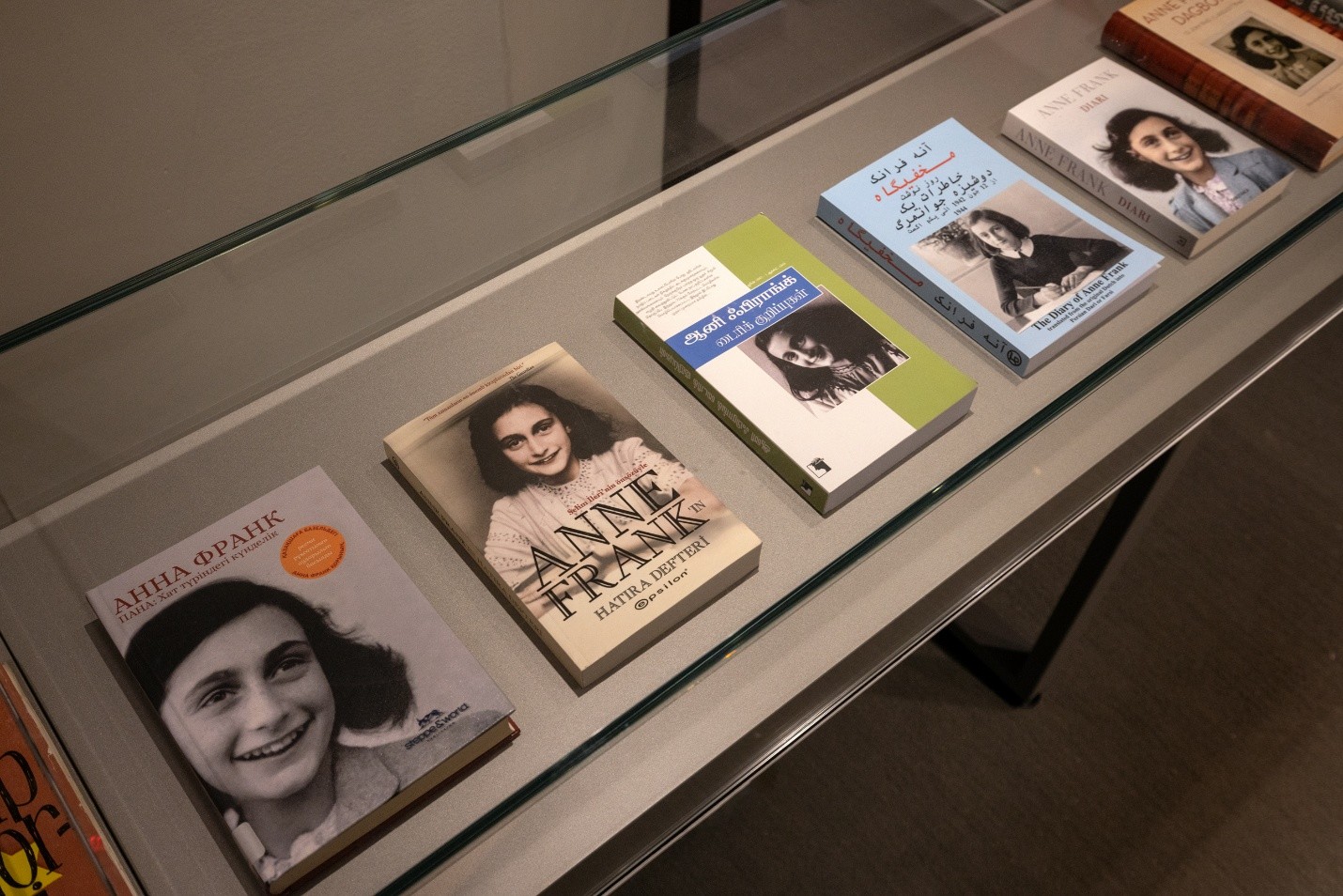
And of course, there is that smile.
Embodied in her smile is perhaps the ultimate lesson, that we remember Anne Frank not because she was silenced but because of the timelessness of her smile and endurance of her voice. The light she radiated has never dimmed. Persevering through fear and history, that light will always be a beacon of our better angels.
In the days since our visit, I’ve found myself contemplating why this experience was especially moving, why it landed so profoundly.
Unquestionably, it’s related to the turbulence of our times, when the foundations of democracy that we hold so dear, both here and abroad, feel more fragile than they have in generations. We’re surrounded by a rising tide of division, of disinformation, of cruelty masked as ideology, of vindictiveness driving policy. In such a climate, Anne Frank’s unwavering belief in the goodness of people rings not of a teenager’s romantic musing, but of a visionary exercising a defiant act of moral insight.
The Anne Frank exhibit isn’t just a story about the past. It summons us to think about what kind of future we’re willing to fight for, and what each of us must do to protect it. In Anne’s words, and in that unforgettable smile, we see not only a portrait of resilience, but a challenge. And it is this, will we be clear-eyed enough to see what’s at stake when fear and hatred go uncontested? Will we be brave enough to respond?
That’s why this visit left its mark. Even, and perhaps especially, in this age when cynicism so easily masquerades as reason and disenchantment can chafe at the spirit, Anne Frank beckons us to imagine otherwise.
----------------------------------------------------------------
* Photos credit John Halpern from Anne Frank Exhibit press kit.
